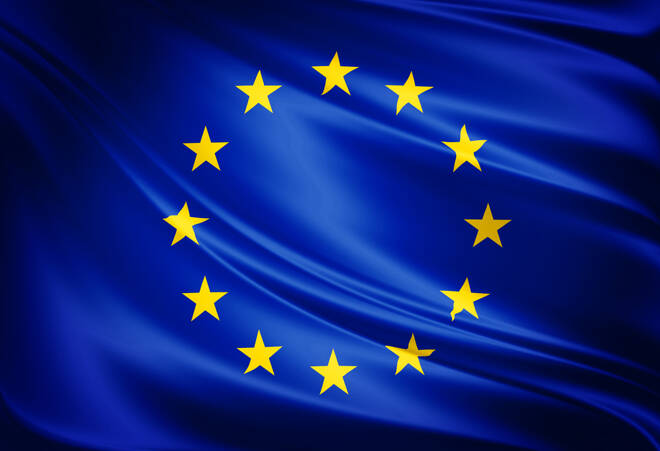Advertisement
Advertisement
Eurozone GDP Numbers Sink the EUR, while the European Boerses Ride on U.S Stimulus Hopes
By:
The EUR hits reverse, while the major Boerses brushed aside 4th quarter GDP numbers.
It was another busy morning on the European economic calendar, with economic data from France, Italy, and the Eurozone in focus.
Inflationary Pressures Build
According to prelim figures, French consumer prices rose by 0.2% in the month of January, following on from a 0.2% rise in December. The annual rate of inflation picked up to 0.6% after having stalled in December.
The Harmonized Index for Consumer Prices also reflected a pickup in inflationary pressures. In January, the HICP rose by 0.3%, following a 0.2% rise in December. Year-on-year, the HICP increased by 0.8% after having stalled in December.
According to Insee.fr,
- Food prices should rebound and those of tobacco should grow after being stable in the previous month.
- The prices of manufactured goods should fall less then in the month prior.
- Energy prices should rise at the same rate as in December, while those of services should slow down.
The uptick in inflationary pressures was aligned with prelim figures from Germany and Spain from the previous week.
Economic Growth
Italy
Ahead of Eurozone 4th quarter GDP numbers, Italy’s GDP numbers were also in focus.
In the 4th quarter, the Italian economy contracted by 2.0% in the quarter, following a 16% rebound in the 3rd quarter. Economists had forecast a 2.2% contraction.
Year-on-year, the economy contracted by 6.6% versus a forecasted 6.7% contraction. In the 3rd quarter, the economy had contracted by 5.1%.
The Eurozone
In the 4th quarter, the Eurozone economy contracted by 0.7%, following the 3rd quarter’s 12.4% rebound. Economists had forecast a contraction of 1.0%.
Year-on-year, the economy contracted by 5.1%, which was better than a forecasted 5.4% contraction. In the 3rd quarter, the economy had contracted by 4.3%.
According to Eurostat,
- According to the 1st estimate of annual growth for 2020, GDP fell by 6.8%.
- By member state, Austria (-4.3%) recorded the highest quarter-on-quarter decrease, followed by Italy (-2.0%), and France (-1.3%).
Market Impact
Through the release of today’s stats, the EUR slid from an early current day high $1.20878 to post data low and current day low $1.20365.
While better than expected, the GDP numbers were far from impressive. Lockdown measures through January and February and vaccination woes suggest worse to come…
At the time of writing, the EUR was down by 0.20% to $1.20430.
For the European equity markets, the stats had a relatively muted impact on the European majors.
Market hopes of U.S stimulus supported the ongoing recovery from last week’s sell-off.
Later today, U.S President Joe Biden is due to meet with Republican senators to push for the $1.9trn stimulus package.
At the time of writing, the CAC40 was up by 1.88%, with the DAX30 and EuroStoxx600 up by 1.33% and by 1.27% respectively.
About the Author
Bob Masonauthor
With over 28 years of experience in the financial industry, Bob has worked with various global rating agencies and multinational banks. Currently he is covering currencies, commodities, alternative asset classes and global equities, focusing mostly on European and Asian markets.
Advertisement
